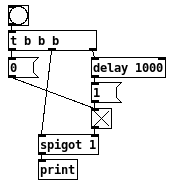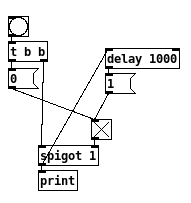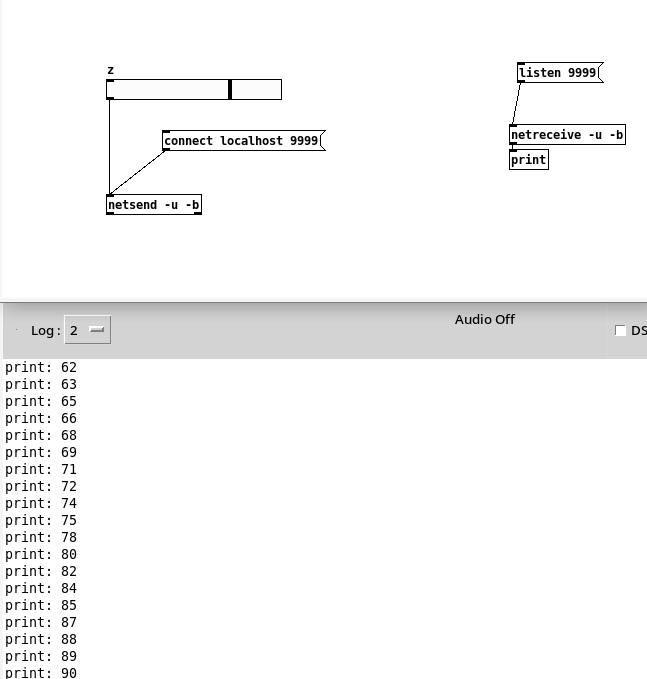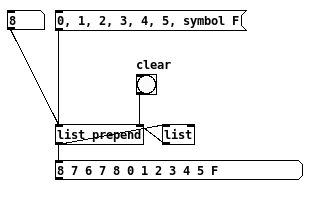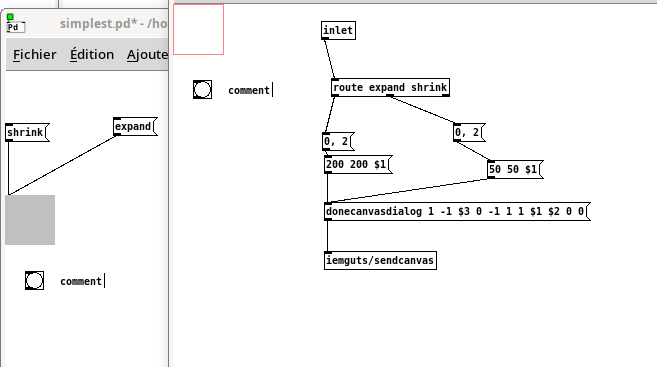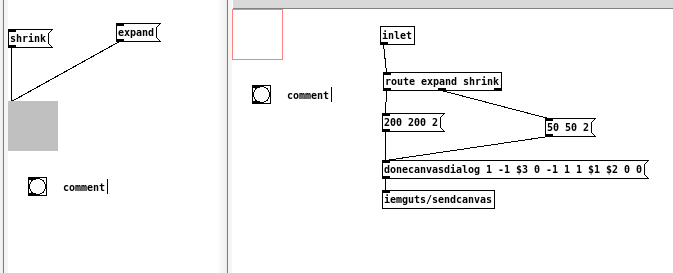-
 FFW
posted in technical issues • read more
FFW
posted in technical issues • read moreThe Euclidean definition of the functions div and mod https://dl.acm.org/doi/10.1145/128861.128862
it is unfortunate that the definition of these functions appears to be
handled rather casually in the computer science literature and in the design
of programming languages, as one might infer from various poor “defini-
tional engineering” decisions down to wrong or erroneous definitions, as in
the ISO Standard for Pascal [11, 13], Algol 68 [201], and some other languages.In this paper we clarify the differences between the various definitions, in
particular those based on division by truncation (T-definition) and on division
by flooring (F-definition) as defined by Knuth [141]. We also propose still
another definition, which we call Euclidean because it is based on Euclid’s
theorem (E-definition).April 1992…
-
-
 FFW
posted in technical issues • read more
FFW
posted in technical issues • read more@Moothart @oid's patch with a different arrangement. Patch style is very personal, there is no accounting for taste.
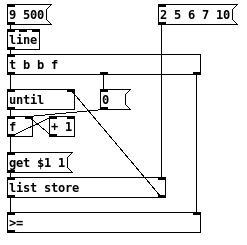
-
 FFW
posted in technical issues • read more
FFW
posted in technical issues • read more@freq63 said:
What I find confusing is the fact that all 4 values are printed without issue separately before unpack.
separately is the word.
[unpack]get the values one (two) after each other so only its (two) first inlet(s) is (are) triggered. -
 FFW
posted in technical issues • read more
FFW
posted in technical issues • read moreThe messages come one by one (or two by two) so the
unpacknever get a 4 items list.You can accumulate the messages to 4 this way:
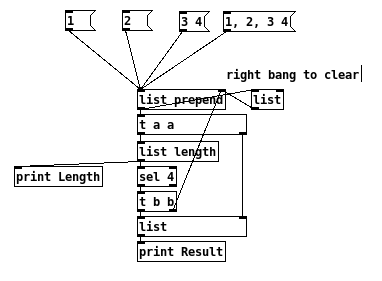
-
 FFW
posted in technical issues • read more
FFW
posted in technical issues • read moreThis is your triggerized patch:
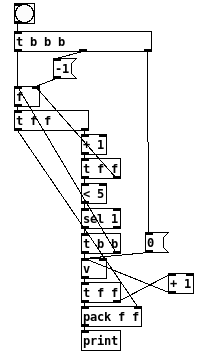
You can see the right branch is triggered before the top-most
[t f f]feeds the[pack]so the numbers are all generated by the loop before they was printed.
EDIT: you stack computation branch and they are released deepest to shallowest so numbers are reverted. -
 FFW
posted in technical issues • read more
FFW
posted in technical issues • read more- Do not split the control flow without
[trigger] - Why don't you use
[until]?
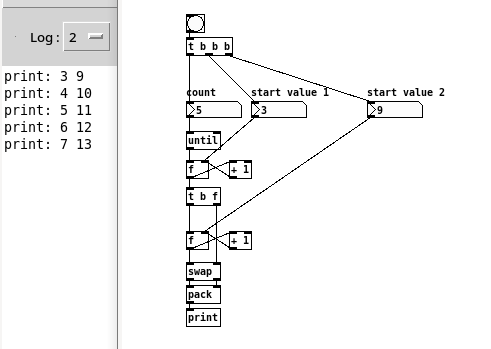
- Do not split the control flow without
-
 FFW
posted in technical issues • read more
FFW
posted in technical issues • read moreI think it's easier to dynamically upgrade the variable name with the [list prepend] right inlet.
-
 FFW
posted in technical issues • read more
FFW
posted in technical issues • read more[netsend]help for the[send(message says "same as list" so you can also do[hslider] | [list prepend z] | [netsend] -
-
 FFW
posted in technical issues • read more
FFW
posted in technical issues • read more@fishcrystals said:
//these magic functions let us send human readable info to pure data void fudiStart(){ Serial.write(108); //Fudi Serial.write(105); //Fudi Serial.write(115); //Fudi Serial.write(116); //Fudi Serial.write(32); //Fudi } void fudiEnd(){ Serial.write(59); //Fudi Serial.write(10); //Fudi }Could be:
//these magic functions let us send human readable info to pure data void fudiStart(){ Serial.print("list "); } void fudiEnd(){ Serial.print(" ;"); }and become not-so-magic…
-
 FFW
posted in technical issues • read more
FFW
posted in technical issues • read more@jameslo If you have to restart the phasor at the state it stops you can follow your first idea and stop it at a specified moment, save the state and later restore and relaunch. What I propose is to only allow the phasor to stop at specific states (e.g. every 0.0001) so it's easier to save. When the stop is required the phasor will wait to reach an allowed state and then stop. So the stop time is fuzzy but the state is clear and clean.
I've no idea if and how it can be implemented or if it follow your requirement.
-
 FFW
posted in technical issues • read more
FFW
posted in technical issues • read moreIf you can't know the state of the phasor at a given stop time maybe you can stop it at a specified state and so transfer the incertitude to the stop time. It can be a solution, depending on what you need.
-
-
 FFW
posted in abstract~ • read more
FFW
posted in abstract~ • read moreHi,
my exploration of the iemguts library bring me this idea:
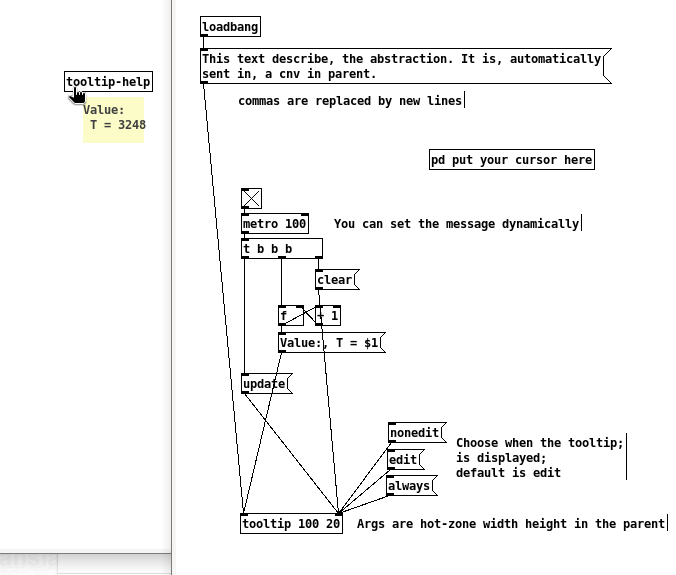
tooltip.zipEnjoy!
-
 FFW
posted in technical issues • read more
FFW
posted in technical issues • read moreOK got it: setting the "gop mode" to zero is not enough, it has to be set with the large dimensions and then it can be shrink without ghosts.
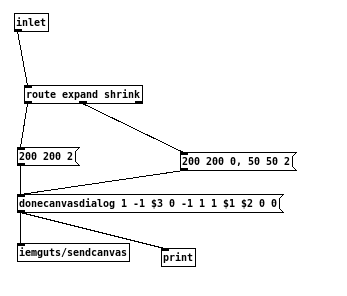
And then it works with [coords( too.
EDIT: I've fixed it with a list:
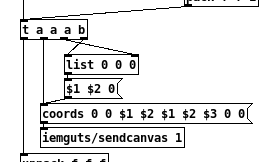
-
-
-
 FFW
posted in technical issues • read more
FFW
posted in technical issues • read more@oid this simple test doesn't work so it's certainly a bug with my system.

I have another issue with comments:
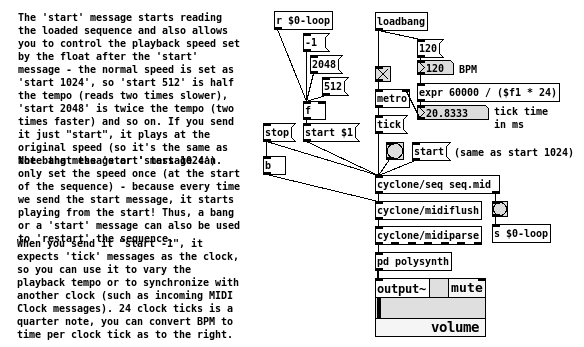
And
[donecanvasdialog(is worse: all the guis remain visible as ghosts.

